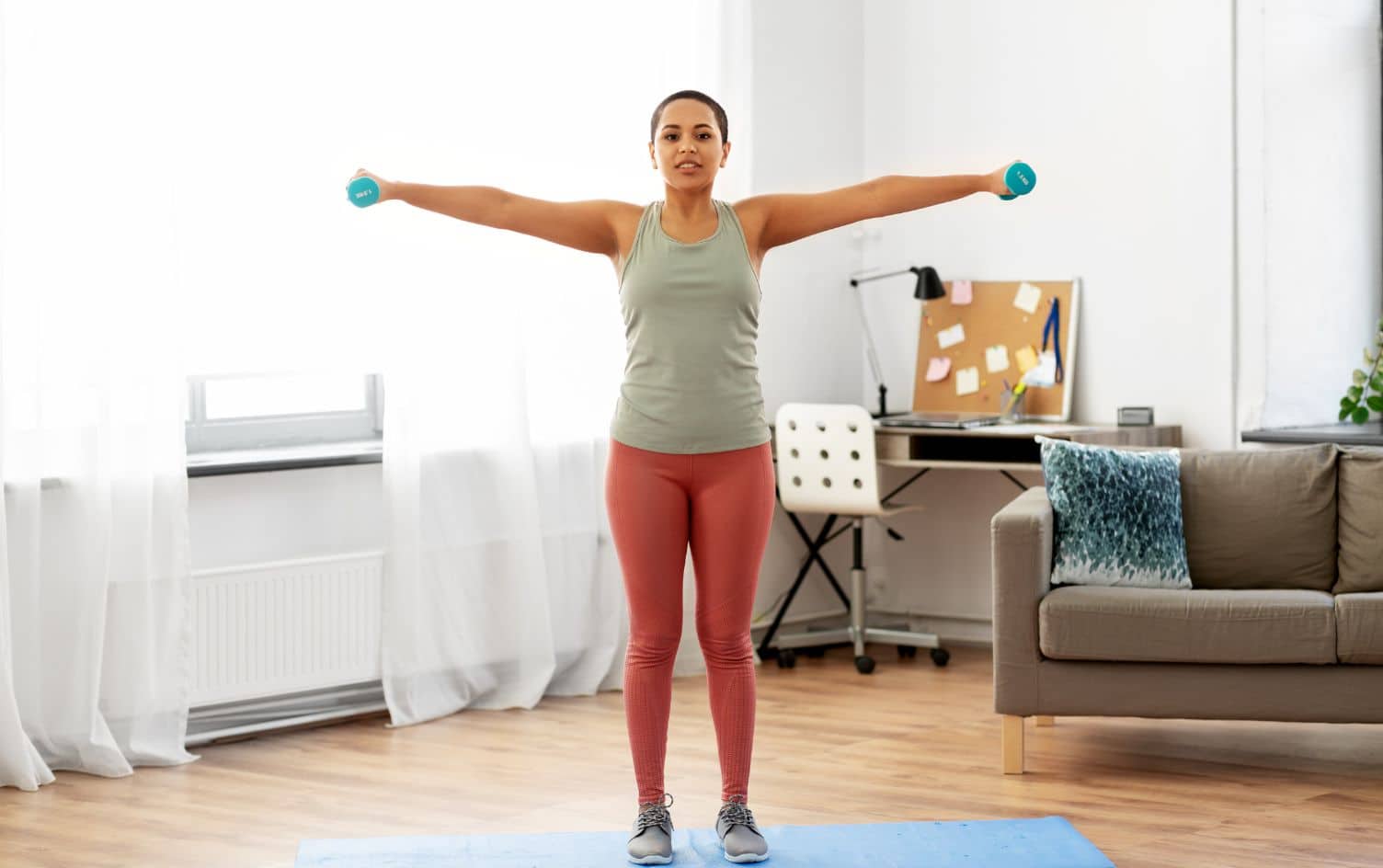As people strive to multi-task and cram more into their schedules, the micro-workout is getting more attention. True to its name, this fitness strategy involves sneaking exercise in whenever possible.
For example, doing 20 pushups between conference calls or a few burpees every couple of hours. Each “set” should only take about 30 seconds to a minute, and can involve doing other tasks at the same time — like throwing some sumo squats into your tooth-brushing routine.
They’re convenient and can be done with little-to-no equipment except what’s around you — that’s often part of the fun. But do these mini-workouts actually work toward getting you fit? The answer seems to be yes, but only to a point.
ADVANTAGES OF THE MICRO LIFE
Peppering some mini-workout moves into your day can help you move a little more, warm up your muscles and, most important, break up a marathon stretch of sitting, says personal trainer Marc Coronel, owner of Open Mind Fitness.
“When you sit for a long time, your body adapts to that, and eventually, you’re changing your mechanics,” he notes. “Simply getting up and moving a bit helps more than you might think for staying active.”
There’s a condition called “gluteal amnesia,” he says, which basically means the pelvis tilts forward and stomach protrudes, sending your gluteal muscles into a relaxed state. That might sound cozy for your glutes, but unfortunately, over time it makes your glutes harder to activate and tightens your hip flexors — a big problem that leads to muscle imbalances through the body. But it’s easily prevented if you get up and move more often — and micro-workout rounds can help.
“If I can get someone to stand up every 20 minutes and give me 5 squats, I’d love it,” says Coronel.
Another benefit to micro-workout actions is that they can help you ramp back up to regular exercise if you’ve been sidelined by injury. If you’re in that limbo state where you can’t return to your workout regime, but you hate feeling sedentary, these low-key activities can help your body re-acclimate to being fit.
Also, it becomes easy to notice progress, says Keith McNiven, director of Right Path Fitness, a London-based personal training firm. After all, 10 squats every time you’re getting more water could add up to 50 per day.
“In that sense, micro-workouts are an excellent way to wake yourself up, increase the blood flow through your body and get those energy levels up,” he says. “They can also work wonders for your mental health. You can return to your desk with a sharper mind and more determination.”
ALL MICRO, NO GYM? NOT SO FAST
Although micro-workouts have plenty of plusses, it would take quite a few of these mini-sets to equal the kind of progress you’d see by pursuing more standard types of fitness.
That doesn’t mean you need to crush it at the gym every single day, but there’s value in doing fitness that builds — for example, a HIIT workout that gets your heart rate up, or strength training that fatigues the muscles so they rebuild stronger.
“Any movement is good movement,” says Coronel. “But if you think that slipping these activities into your day will replace a workout’s benefits overall, then I have bad news for you. It probably won’t work that way.”
READ MORE > 5 REASONS TO LOVE THE STAIRCLIMBER
In part, that’s because it’s too easy to slip micro-workouts into your day whenever they fit — which isn’t exactly the way to cultivate consistency and skill-building in your workouts. A tailored and committed workout 3–4 times a week is much more likely to get you faster results, McNiven says. But, he adds, they can be a great addition to your other fitness work.
MICRO-WORKOUTS TO TRY
Whether you’re attempting to get more movement into your day, or you’re working your way back from an injury, here are some ideas to get you started:
- Stand up during a conference call and do 20 calf raises by slowly rising up to the balls of your feet, lifting your heels off the ground, then lowering slowly back down.
- Sprint when going up a flight of stairs, and possibly skip every other step if you can do so safely.
- Do walking lunges from the couch to the kitchen when you’re getting up for a snack.
- Do 10–15 squats while you’re waiting for your coffee to brew in the morning.
- Schedule 5 minutes for yourself before each meeting for a mini-workout move like 10 pushups, 10 burpees or 3 minutes of “invisible” jump roping.
Most of all, try to get creative and mimic the actions from your regular workouts. That might mean throwing in a couple yoga poses or powerlifting moves. Just think of these as quick activity breaks that are like fuel-building snacks. They don’t replace your regular “meal” of fitness, but they might make your workouts more effective in the long run.




